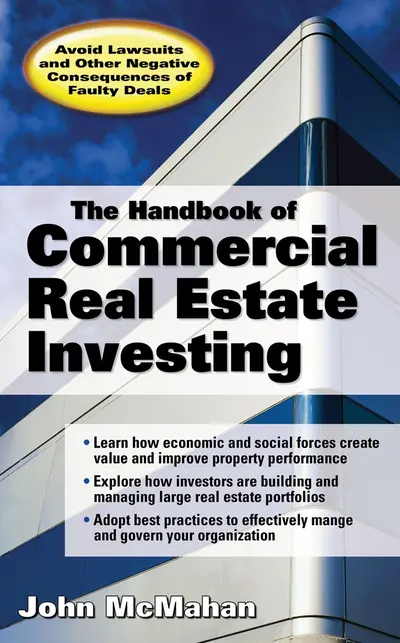My Account Details

ISBN10: 007146865X | ISBN13: 9780071468657

Step 1 . Download Adobe Digital Editions to your PC or Mac desktop/laptop.
Step 2. Register and authorize your Adobe ID (optional). To access your eBook on multiple devices, first create an Adobe ID at account.adobe.com. Then, open Adobe Digital Editions, go to the Help menu, and select "Authorize Computer" to link your Adobe ID.
Step 3. Open Your eBook. Use Adobe Digital Editions to open the file. If the eBook doesn’t open, contact customer service for assistance.
A Codifying “Best Practices” Guide to Effectively Managing the Entire Real Estate Investment Process
The Handbook of Commercial Real Estate Investing delivers an authoritative “best practices” approach to the three major areas of the industry: investment transactions, asset management, and enterprise management. Skillfully written by John McMahan, a leader of the U.S. commercial real estate investment industry, The Handbook of Commercial Real Estate Investing presents state-of-the-art methods needed to successfully invest in and manage commercial properties such as office buildings, shopping centers, industrial buildings, apartments, and hotels.
Designed to codify the industry “best practices” encouraged by financial institutions, The Handbook of Commercial Real Estate Investing offers:
Authoritative and easy to use, The Handbook of Commercial Real Estate Investing will serve as a valuable strategic guide to managing the overall real estate investment process, as well as a “best practices” tool for improving each operating area.
Need support? We're here to help - Get real-world support and resources every step of the way.